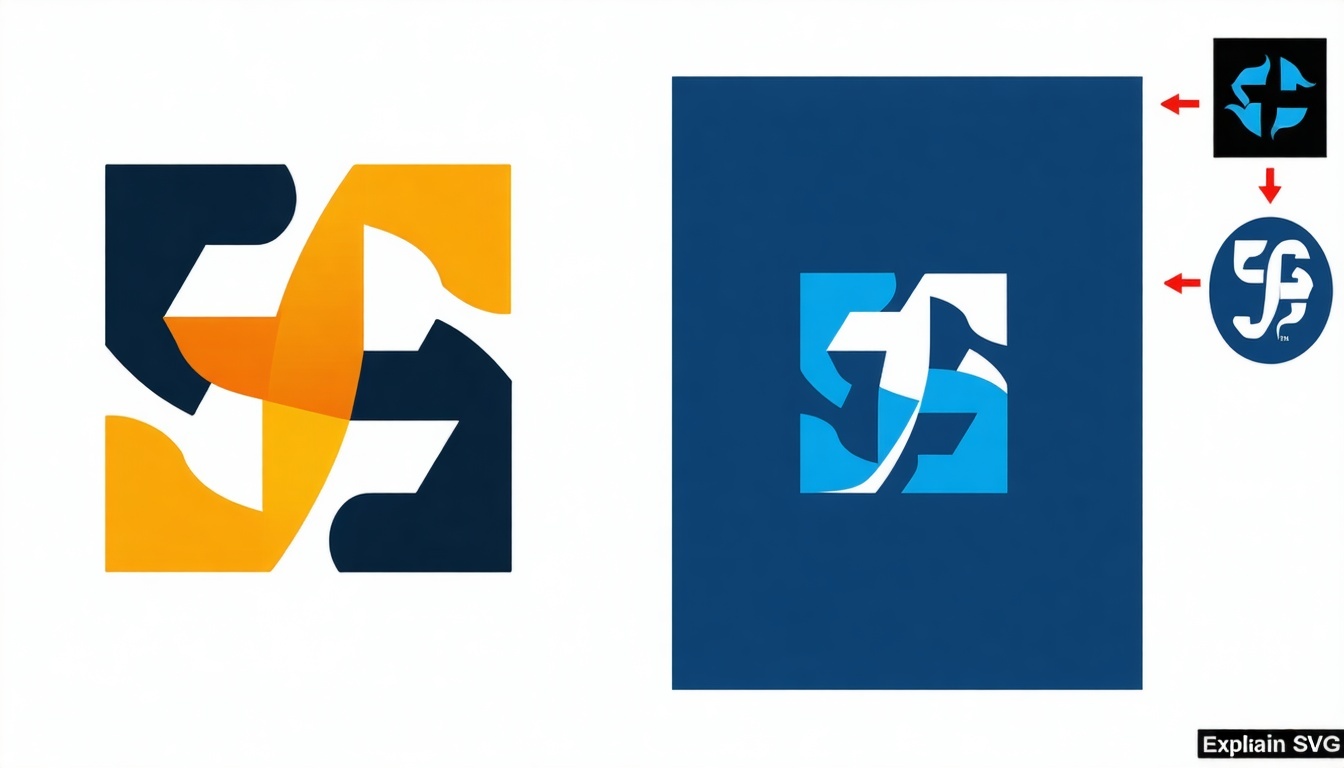
Transitioning from DMARC Monitoring to Enforcement: A Step-by-Step Guide
Why Transition from Monitoring to Enforcement?
DMARC’s monitoring phase (p=none) helps identify legitimate senders and vulnerabilities, but it doesn’t protect your domain from phishing or spoofing. Moving to p=quarantine (send unauthorized emails to spam) or p=reject (block them entirely) is critical for security and brand trust. However, abrupt policy changes can disrupt legitimate email flows. Follow these steps to enforce DMARC safely. DMARC is the first step for implementing BIMI.
Step 1 – Analyze DMARC Reports Thoroughly
- Review Aggregate (RUA) and Forensic (RUF) Reports: Regularly analyze DMARC aggregate (RUA) and forensic (RUF) reports to identify all legitimate sending sources and promptly address any misconfigured or unauthorized senders.
- Check Alignment Rates: Monitor SPF and DKIM alignment with your “From” domain, striving for at least 98% compliance before moving to stricter DMARC policies.
- Resolve Authentication Failures: Update SPF and DKIM records for all services—including marketing platforms, CRMs, and regional servers—to ensure proper authentication and minimize failures.
Step 2 – Start with a Gradual Enforcement Strategy
- Use the pct Tag: Start by applying your DMARC policy to a small percentage of messages (e.g.,
p=quarantine; pct=20). Gradually increase the percentage to 100% as you gain confidence in your authentication setup and ensure legitimate traffic is not affected. - Test with
p=quarantine: Set your DMARC policy toquarantineso non-compliant emails are redirected to spam rather than blocked outright. This allows you to monitor for false positives and adjust records before enforcing a stricter policy. - Communicate with Stakeholders: Proactively inform relevant teams—such as marketing, IT, and customer support—about upcoming DMARC policy changes to prevent disruptions and ensure everyone is prepared for potential impacts.
Step 3 – Validate and Monitor Impact
- Track Deliverability Metrics: Monitor key metrics such as open rates and spam complaints to quickly detect any drops in deliverability or spikes in unwanted messages. Promptly investigate these changes to identify potential authentication or configuration issues.
- Address Outliers: Use DMARC reports to identify overlooked senders, including regional offices and third-party tools. Ensure these sources are properly authenticated to maintain consistent policy enforcement and reduce unauthorized email risks.
- Update DNS Gradually: Implement DNS changes in a phased approach rather than making simultaneous updates across all regions. This helps prevent propagation delays and minimizes the risk of temporary authentication failures.
Step 4 – Enforce p=reject with Confidence
- Remove the pct tag: Apply p=reject to 100% of emails.
- Maintain vigilance: Continue monitoring reports for new senders or configuration drifts.
- Automate compliance: Use tools to auto-resolve misalignments and streamline updates.
Common Pitfalls and How to Avoid Them
- False positives: Keep p=none on subdomains temporarily if legacy systems can’t align quickly.
- Third-party dependencies: Ensure vendors support SPF/DKIM and provide updated DNS records.
- Global complexity: Centralize DNS DNS management for multi-region domains to reduce inconsistencies. We can help.
Need help transitioning to DMARC enforcement?
Contact our agents for a risk-free policy rollout plan!
Explore our FAQ on Why DMARC Enforcement Is the Foundation of Successful BIMI Deployment to align security with brand visibility.
Gradual enforcement: Use the pct tag to phase in policies and minimize disruption.
Monitor relentlessly: Track DMARC reports to catch misconfigured senders early.
Global alignment: Centralize DNS management for consistent policy enforcement across regions.



